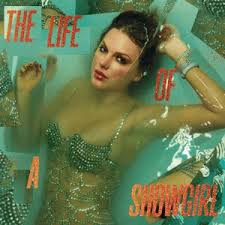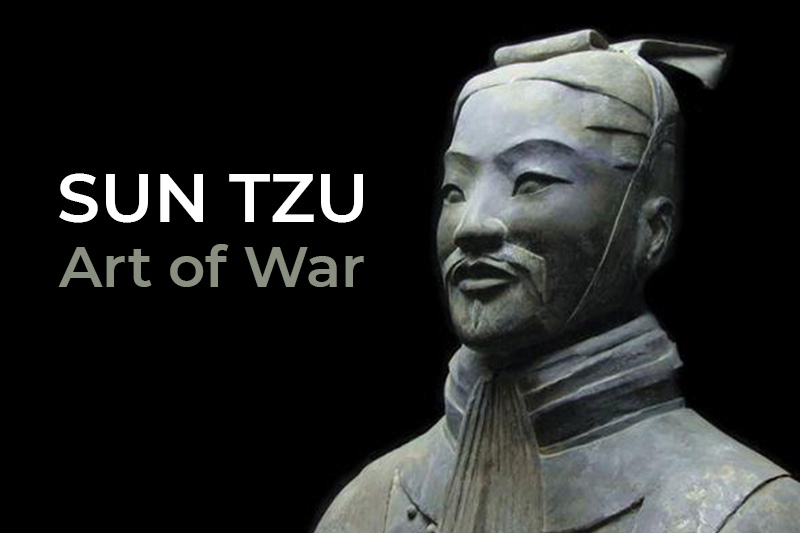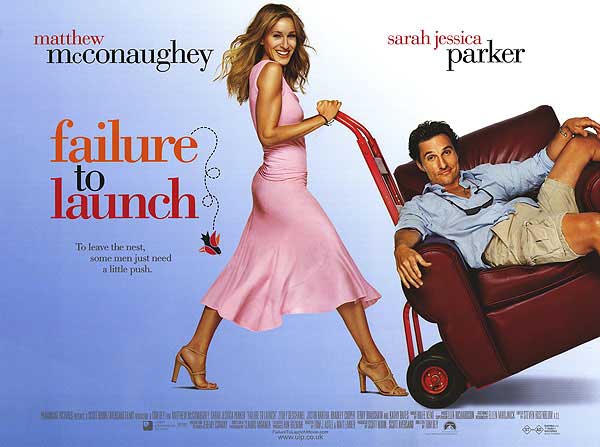
In today’s day and age, Valentine’s Day is used only to further the pockets of businesses, and is no longer about simply having love and adoration for someone.
With the rise of the internet and usage of popular social media platform, “TikTok,” people have come to expect more and more out of their significant others. As of recently, creators have been posting about and showing them making “baskets” of gifts for Valentines day, winter “Burr” baskets, and Halloween “Boo” baskets. It’s a common trope for said creators to then berate viewers for not having done this for their partners.
Valentine’s Day is marketed as a holiday of roses, chocolates, and cards. All of which are things that require purchasing (mostly). The goal is now to show love (or something close to it) via purchasing of specific items and products for your partner. Valentine’s day, in the past, has been about showering your partner in love and affection with physical touch and small gifts, maybe a handmade card, a few roses, and dinner of some kind. Now, Valentine’s day is about buying chocolate, blankets, candles, and virtually any object that can fit into a loosely defined basket. These have become so popularized that people now deem it appropriate to shame others or even their own partners for not partaking in purchasing things for the basket, or even for making “bad” baskets.
The shame doesn’t only follow those in committed relationships. It’s not uncommon for small party favors to be cheaply made and marketed to children in elementary school, or their parents as “Valentines.” These are typically expected to be given to friends and classmates, and students are often encouraged to give valentines day gifts to their teachers as well. This is not to say that teachers, classmates, and friends don’t deserve gifts for the holiday. However, students can feel shame for not participating in the sharing of small plastic toys and can pass this shame onto parents. The “Valentines” in question, though, are usually cheaply made, plastic, and essentially useless. After February 14th, no student is going to be thinking about the plastic dinosaur or skateboard their classmate got them.
Essentially any object that can come to mind is slapped with a pink or red color and some heart shape or print and marketed as something admirable for this one very simple holiday. Not only that, but these items can be purchased in stores nearly as soon as the holiday season and Christmas is over. The official Hallmark website has a section labelled “Gifts for her” with suggested gifts for the women in people’s lives. The items recommended to consumers range from $20-35 on the home page. Once viewers click on the provided link, they are offered items with lower prices, but are mostly limited to tissue paper, gift bags, and cards with envelopes. They even have a special selection for fans of the popular Netflix show, “Bridgerton.” The price range is a bit larger with this section, from $15-35. Realistically speaking, the site is full of (rather expensive) items for purchase that simply have hearts on them, and have no relation to the actual holiday, and expressing love.
Valentine’s Day has become a holiday, or rather an excuse, for companies to sell items with no relation to the holiday, so long as they have hearts or are some shade of red. The goal is no longer to express love to a partner, a friend, someone you care for. It’s about how many gifts or what gifts end up in the basket, or which child has the most interesting plastic toy with a card stapled to it.













